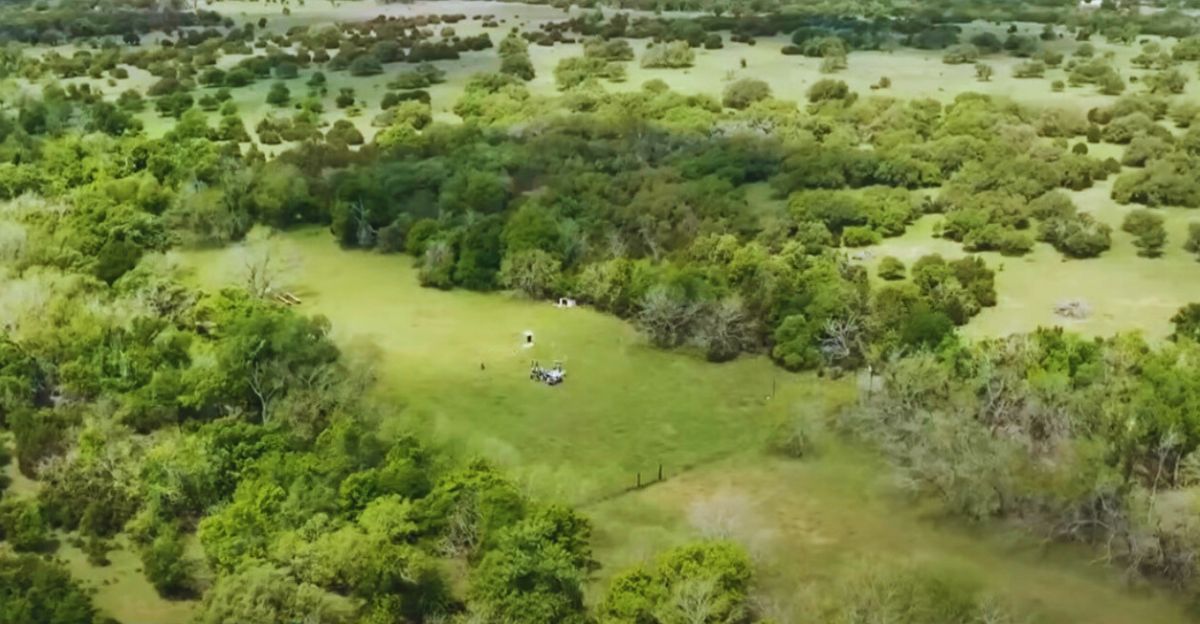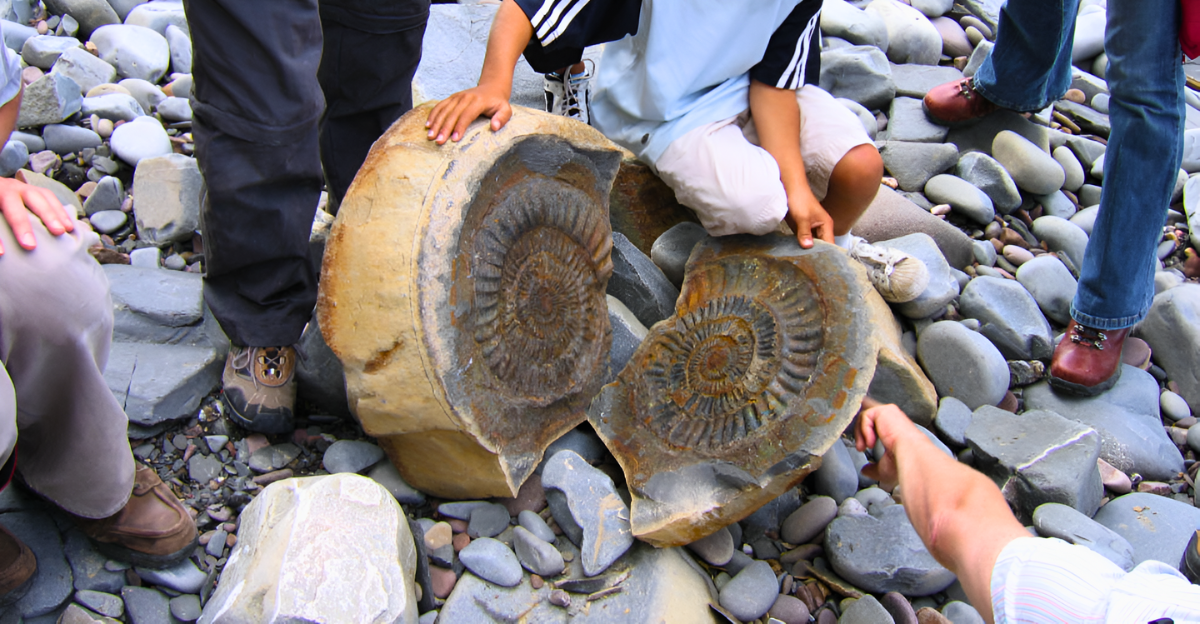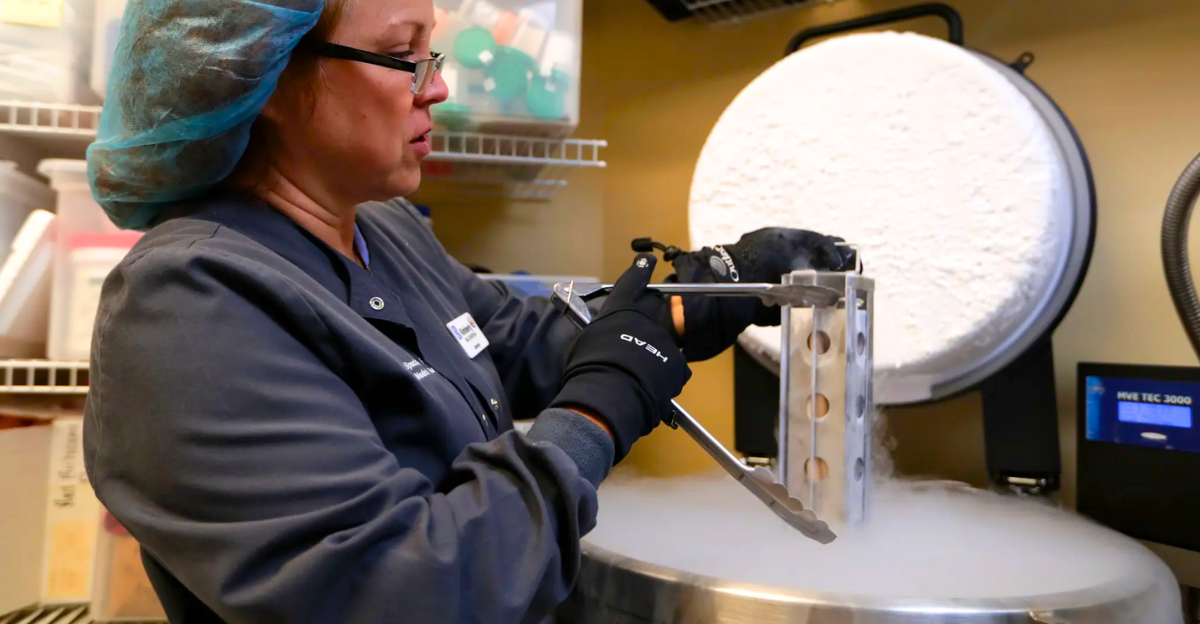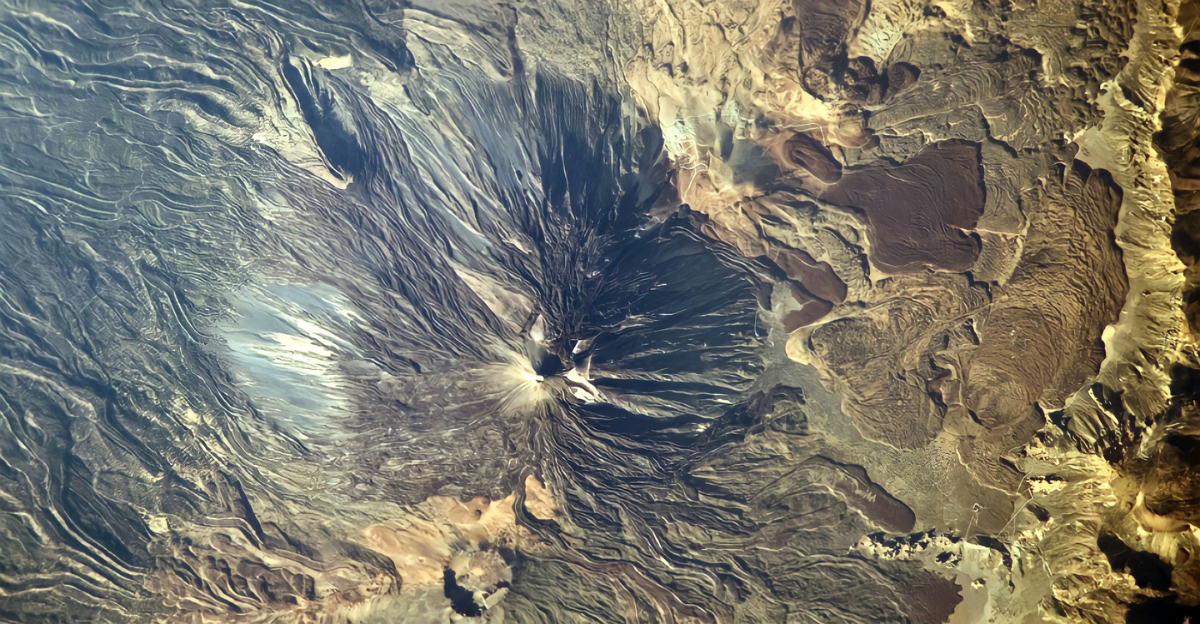
What if the history of the first Americans … was wrong?
Just 40 miles north of Austin, a sleepy patch of farmland called the Gault Site is changing everything we thought we knew about human history. According to the Texas State Historical Association, the site has seen human activity for over 20,000 years … long before the first Americans were supposed to arrive.
A Valley That Never Forgot

Why here? Why Gault?
According to Texas Beyond History, this was no ordinary patch of dirt. Nestled at the prairie and plateau meeting point, Gault offered early humans everything: permanent springs, deer, bison, mammoth, turkey, and a treasure trove of sharp, high-quality chert, perfect for stone tools. It was a prehistoric paradise.
2.6 Million Artifacts Can’t Be Wrong

You read that right—2.6 million artifacts—from excavating only 3% of the site.
According to archaeologist Dr. Michael Collins, the area was used and reused by people for thousands of years. That includes over 600,000 Clovis-period items, pointing to something even more shocking: these people didn’t just pass through. They lived here, worked here, and may have invented a lot more than we thought.
Meet the Clovis—Or… Maybe Not

For decades, the Clovis people – famous for their sharp, fluted spear points – were considered the first Americans, arriving around 13,000 years ago. But what if they weren’t?
At Gault, beneath the Clovis layer, archaeologists found something else. Something older. Something … different.
The “Gault Assemblage” – Older Than Clovis, And Just as Sharp

In a zone called Area 15, researchers discovered a unique toolkit buried below the Clovis level. These tools – lanceolate points, flakes, and blades – looked nothing like Clovis. According to a groundbreaking study in Science Advances, these tools date back to 16,000–20,000 years ago … smashing the timeline of the first Americans.
Not Just Old—Undeniably Different

Unlike Clovis tools, which are symmetrical and fluted, the Gault Assemblage points were more varied and crude, but they were effective.
Dr. Thomas Williams, lead author of the 2018 study, noted that these early people likely had distinct cultural traditions, possibly evolving long before Clovis set foot in Texas.
Ancient Art, or Alien Messages

Among the stone tools were dozens of engraved limestone cobbles and a carved bone, etched with zigzags, herringbones, and cross-hatching.
According to TSHA and Texas Beyond History, these may be North America’s oldest portable art pieces. Were they spiritual? Communicative? Decorative? No one knows. But one thing’s clear: these people had something to say, long before Clovis ever showed up.
Can Dirt Lie …

Skeptics wondered if the layers had mixed over time. But a detailed soil study by Williams et al. confirmed the sediment was stable and well-sealed, with sterile layers separating the pre-Clovis tools from Clovis levels. OSL (optically stimulated luminescence) dating backed it up: these tools are ancient and authentically pre-Clovis.
Mammoth Kill Site Or Ice Age Kitchen

In another part of the site, called Area 8, archaeologists found a Columbian mammoth mandible alongside fluted projectile points and stone blades. Was this an Ice Age kill site? A family camp? A feast?
According to Texas archaeologists, these discoveries point to sophisticated hunting and butchering techniques, and possibly even structure-building .
The Map Is Expanding

Gault isn’t alone. Other pre-Clovis sites, Buttermilk Creek (Texas), Meadowcroft (Pennsylvania), and Cooper’s Ferry (Idaho), all show similar timelines. But Gault may be the most complete, thanks to its dense artifacts and clear stratigraphy.
As noted in the Journal of Archaeological Science, the idea that Clovis was first is now… officially outdated.
What We Still Don’t Know

- Who were the people behind the Gault Assemblage?
- Where did they come from?
- And how did their technology evolve—into Clovis, or alongside it?
- Researchers believe these early Americans may have migrated along coastal routes or inland rivers long before Clovis appeared. But until more is uncovered, much remains a mystery.
Only 3% Excavated… 97% Still Whispering

Despite all this, only a sliver of the Gault Site has been excavated. Dr. Collins said the remaining 97% could hold even older tools, homes, fire pits, or art.
Imagine what’s still waiting. The valley holds its secrets tightly, but every shovel brings us closer to rewriting the first chapter of the American story.






